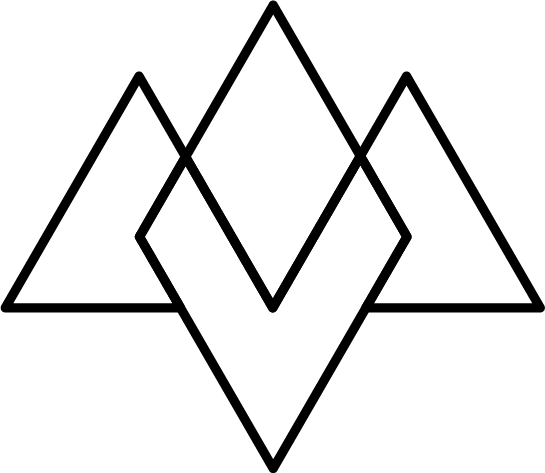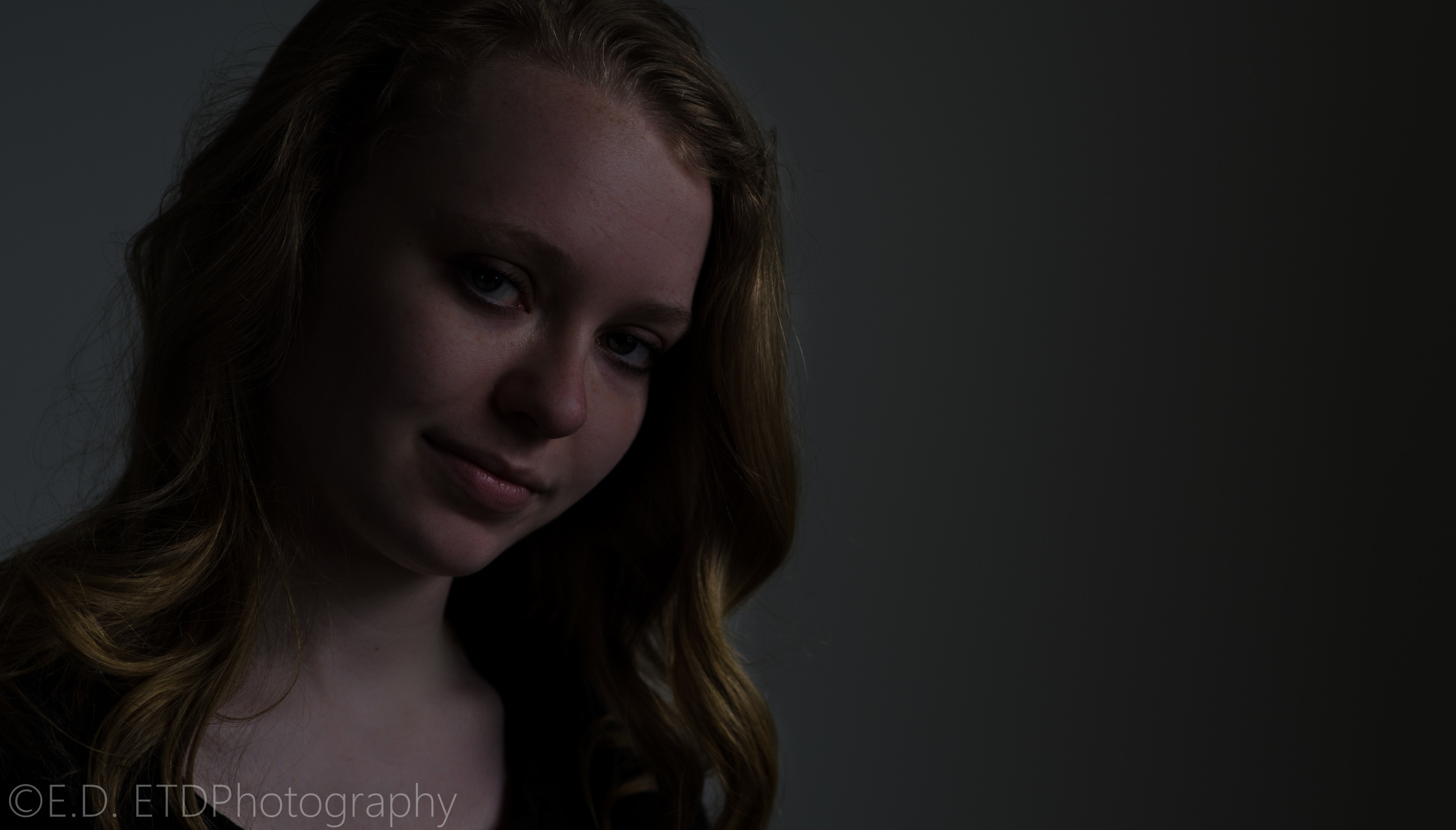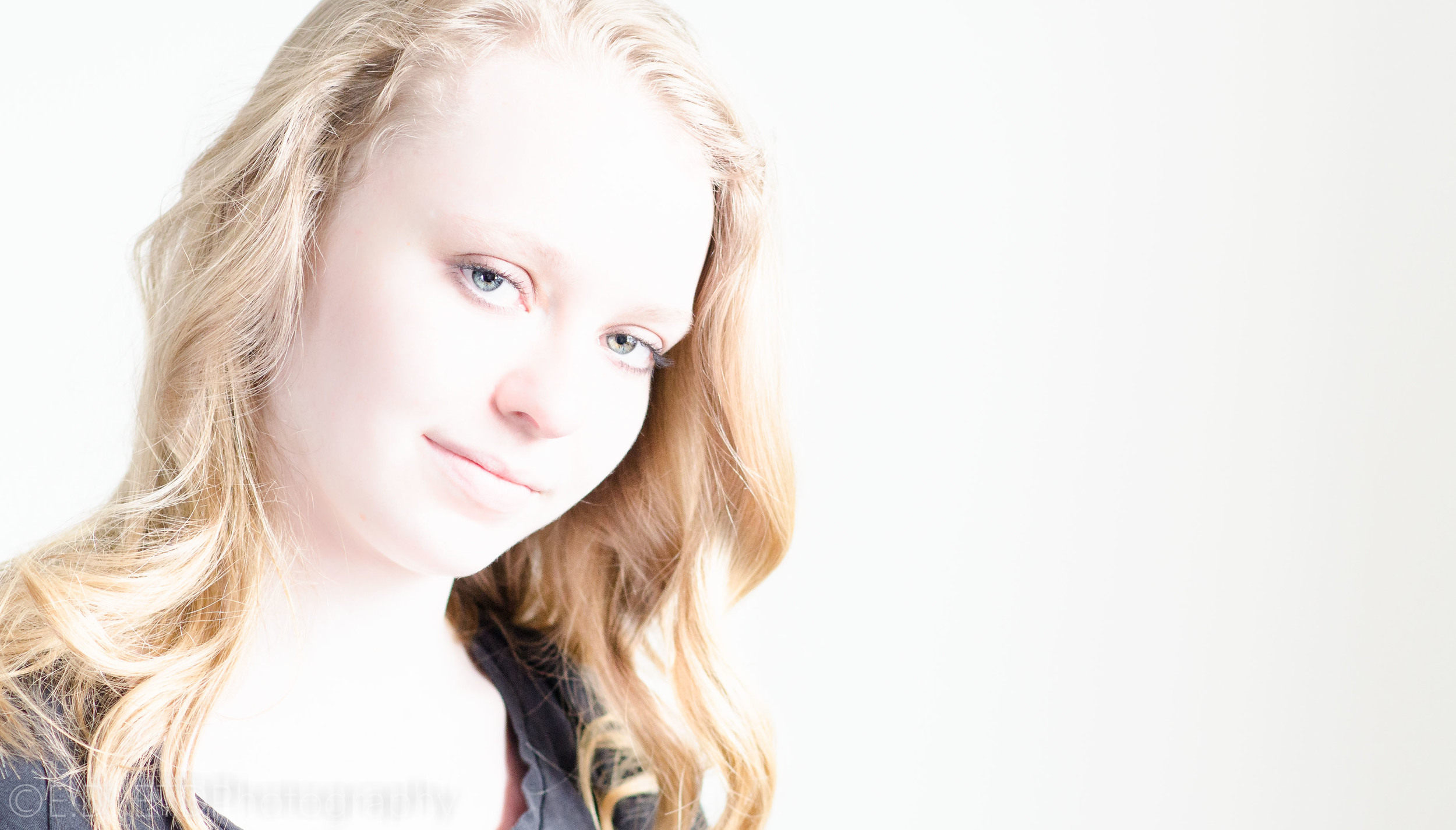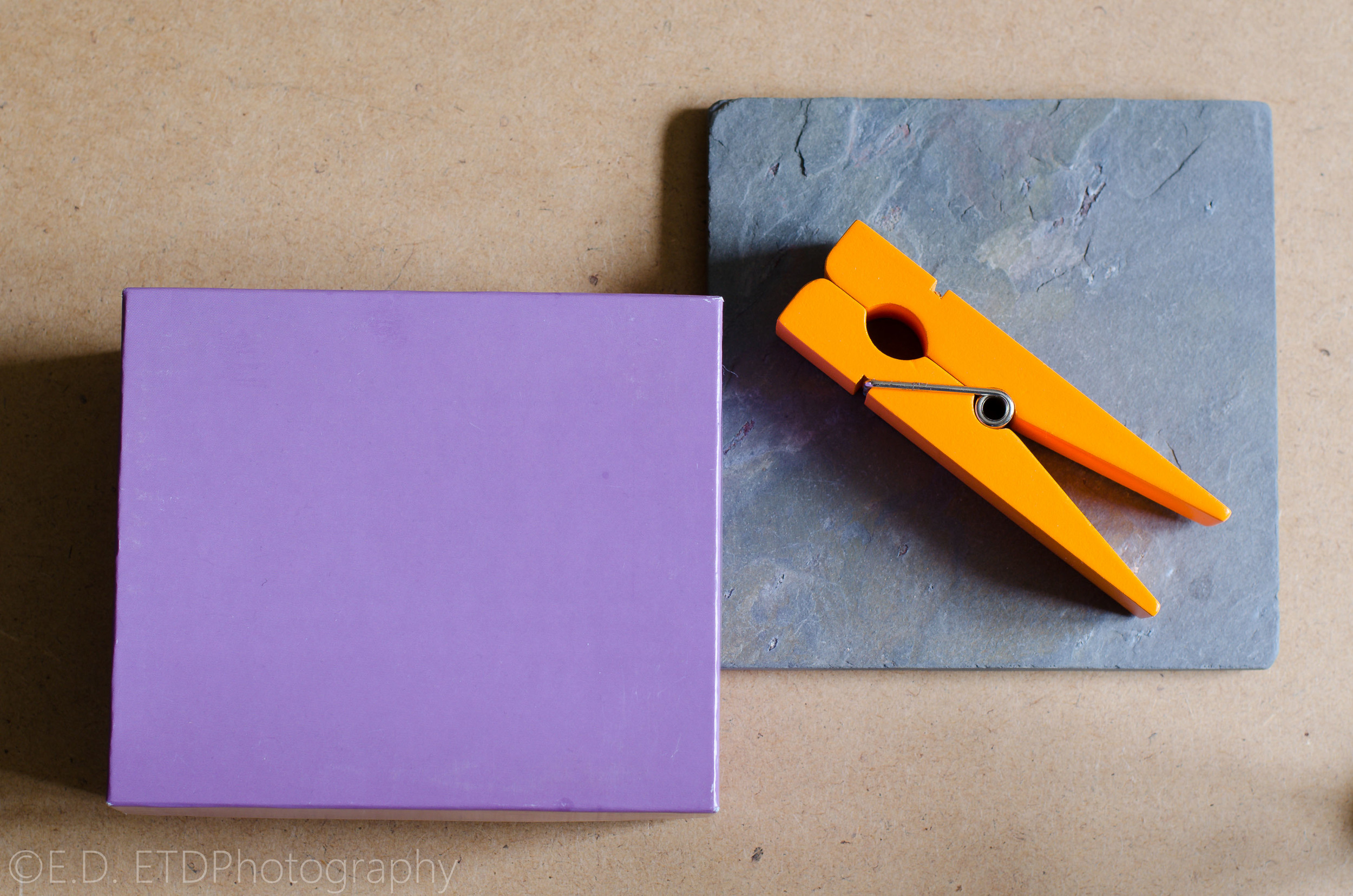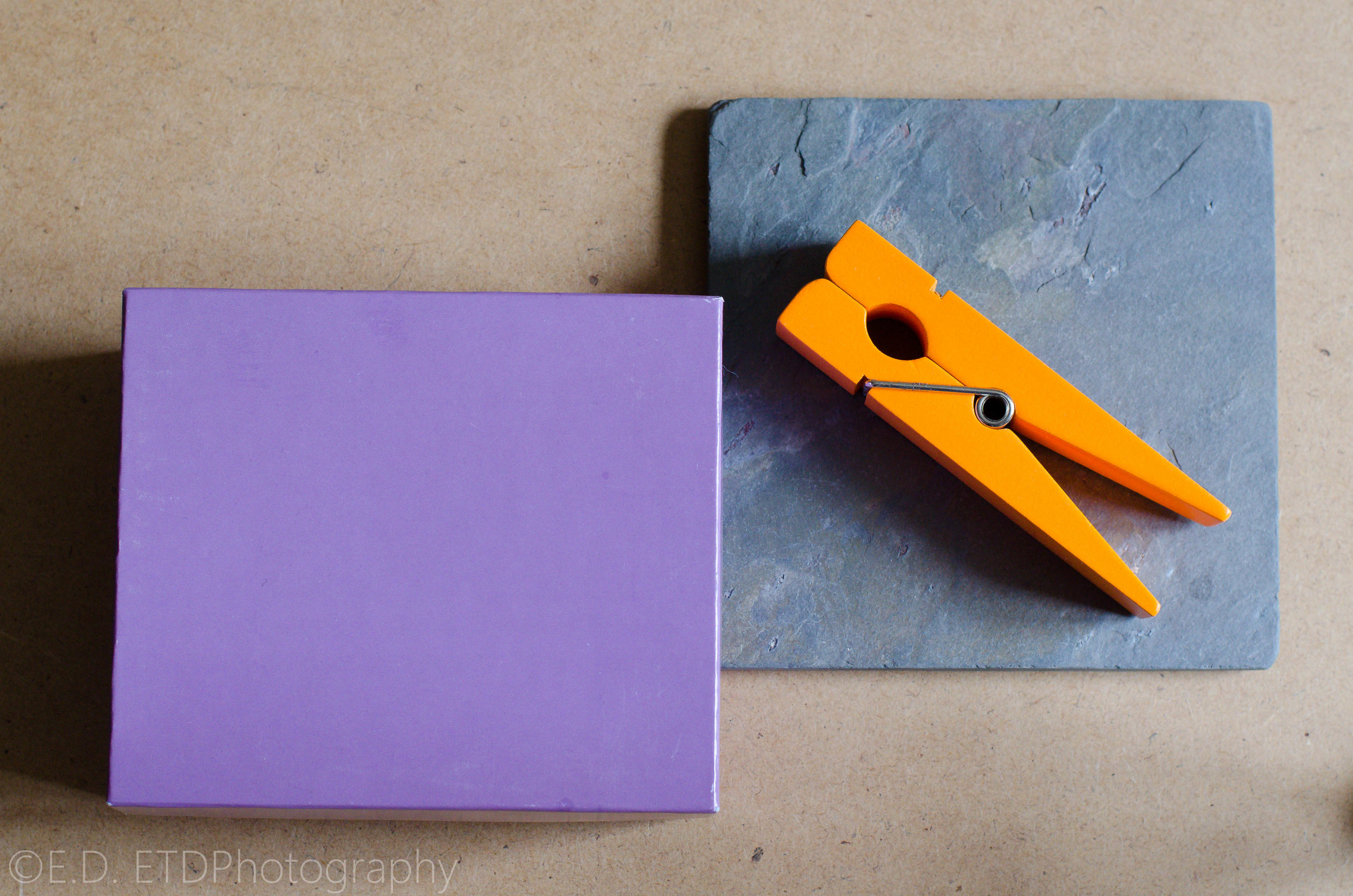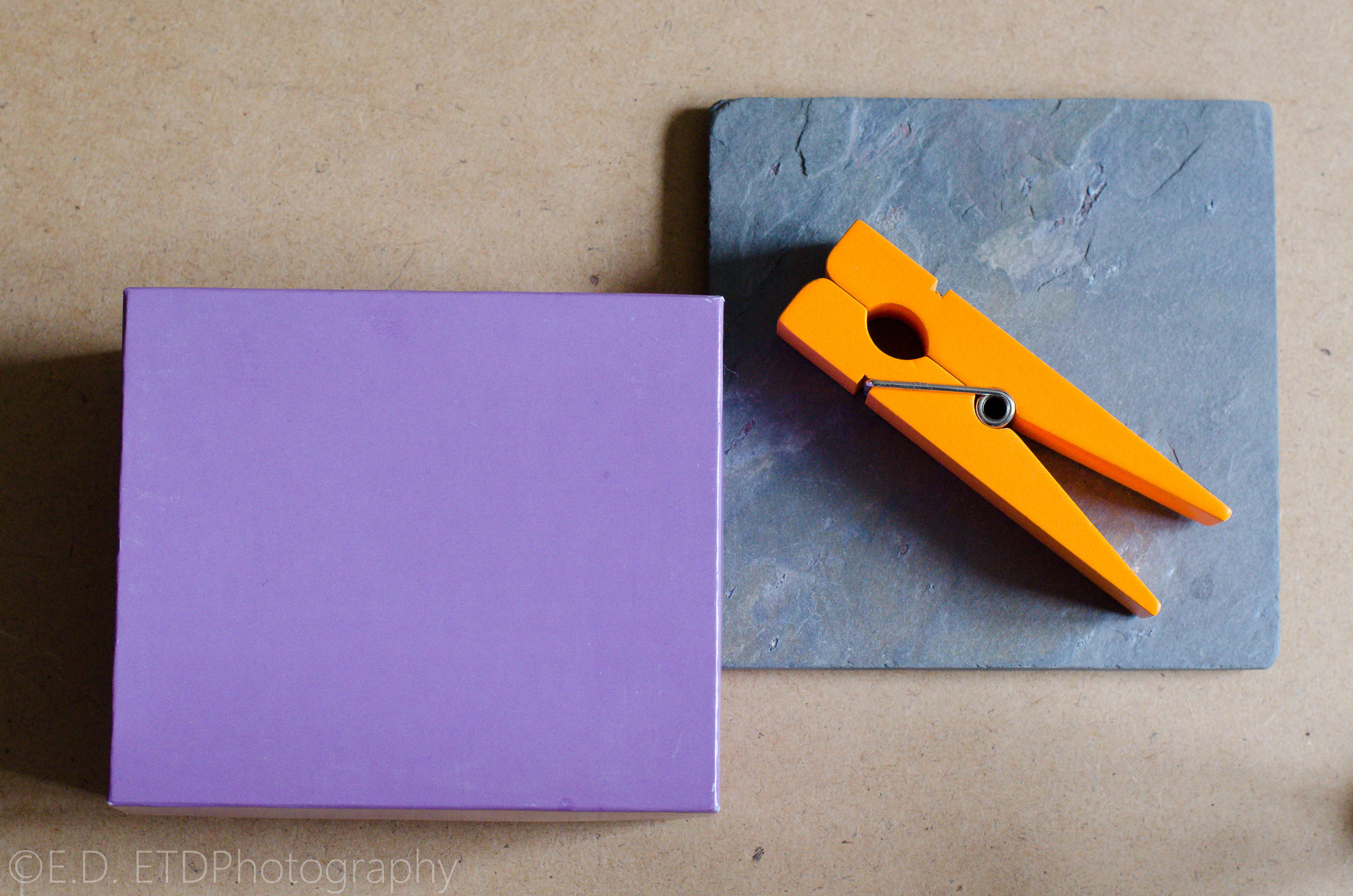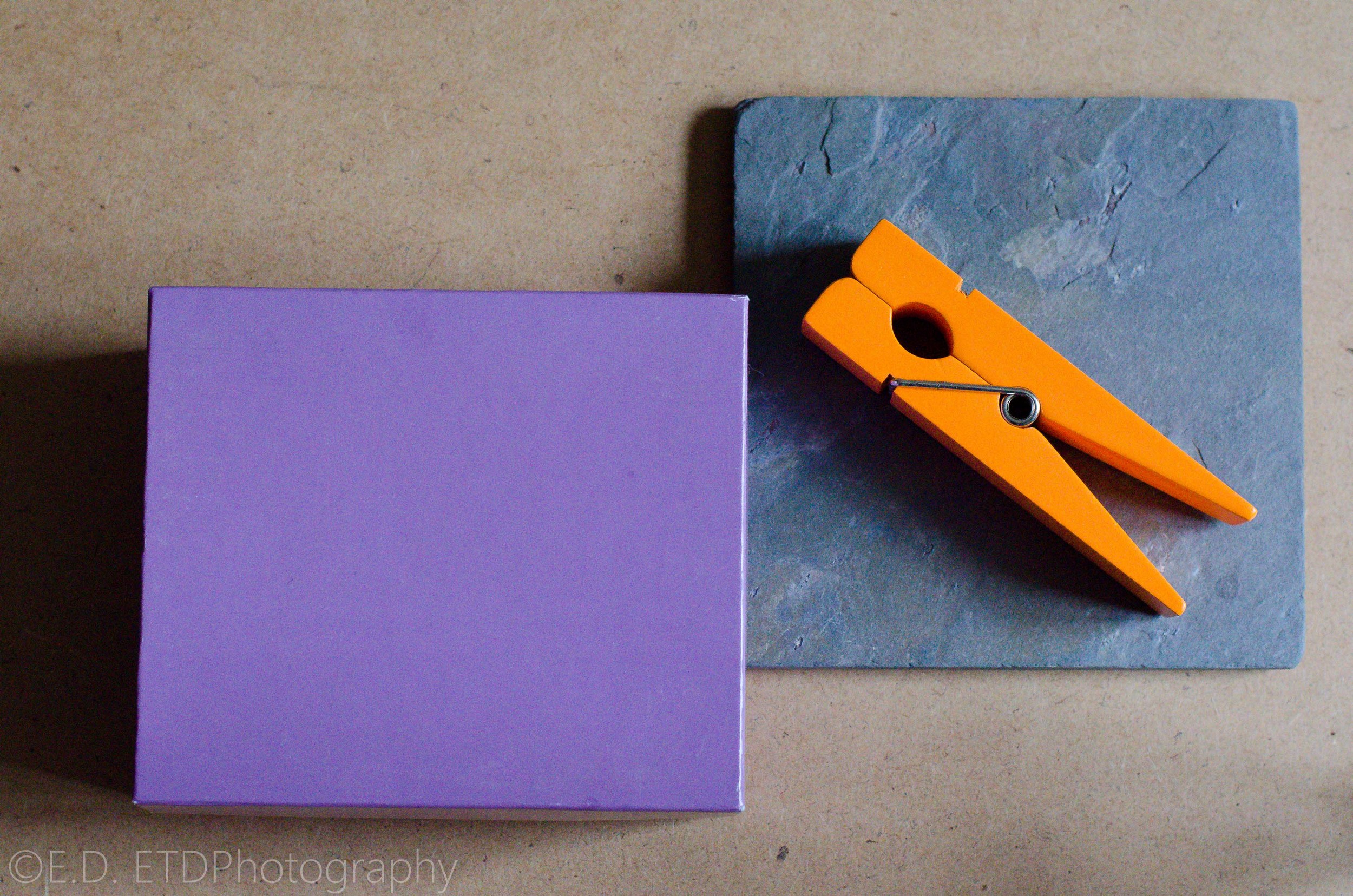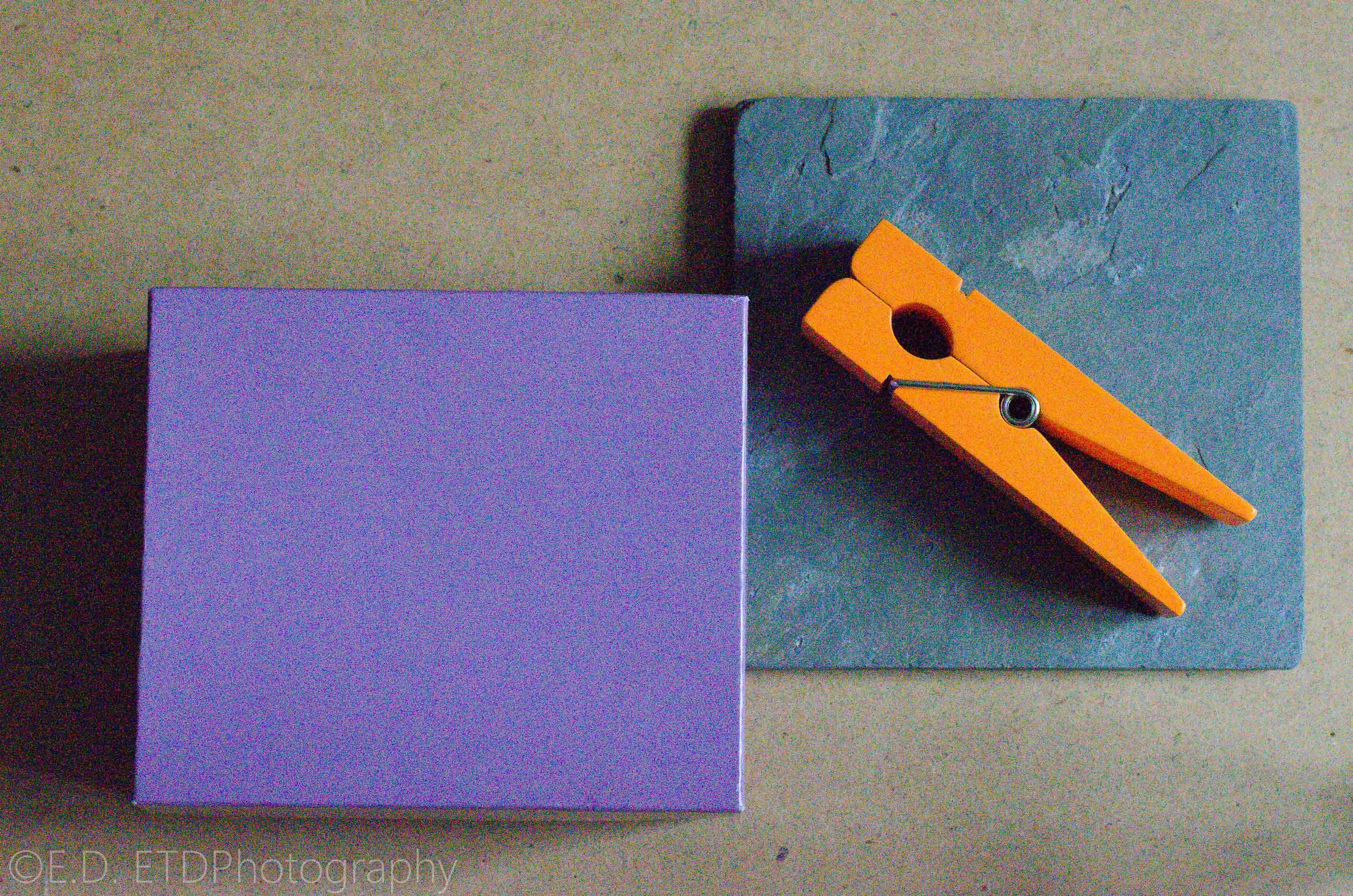Exposure: Buckets, Hoses, and Triangles
The most basic technical aspect of photography is exposure.
Exposure is basically how much light reaches your camera's sensor (or film) in a single photo.
There are a number of things that can affect exposure and it may seem a bit complicated, but it's not. I have created an effective analogy below that will help you learn how exposure works.
The Bucket Analogy
Imagine you're holding an empty bucket. This bucket is your photo. You need to fill this bucket (the photo) with water (light) to create an image.
There are 3 things that could happen when you fill this bucket, you could
Overfill it (water splashes out)
Fill it just enough (bucket is full)
Under-fill it (you could put more water in)
This is exactly what you can do with a photo. You can overexpose it, underexpose it, or properly expose it. (I use "proper" instead of "correct" Because there may be times when you want to over or underexpose a photo).
Now, we know the goal is to fill the bucket with water, so we go get our garden hose and fill it right? Yes, but there are more factors to think about other than this. We have:
The size of the hose (Aperture)
How long we turn the hose on (Shutter Speed)
The size of the bucket (ISO)
How much water the hose has (Light)
In this analogy, the "hose" is the equivalent of the camera lens, the bucket is the sensor, how long we turn the hose on is the "shutter speed", and how much water the hose has would be the light available to us. There are some variations to this analogy, like this glass analogy over at Pixpa.
Let's take a look at each of these elements.
Aperture
The camera lens directs light to hit the sensor. It determines how much light is let through at a time by changing the size of a hole in the middle. This hole can be very large and let in a lot of light at once, or very small.
In our bucket analogy, this would basically be how "big" our hose is. A little garden hose can fill our bucket up in a reasonable amount of time, but the hose of a fire truck can do it much faster.
Large Apertures like f/2.8 let in more light than small apertures like f/16.
You will see camera apertures noted as 'f' with a slash and a number beside it, as if it was dividing 'f' by something. Remember it this way, as it will make it easier to visualize weather the aperture is large or small. f/2 is bigger than f/8, just like 1/2 is bigger than 1/8, and bigger means more light.
Shutter Speed
Longer shutter speeds are great for fireworks: Nikon D60 18-55mm @55mm f/9 1.5 sec. ISO - 100
Shutter speed is probably the simplest part of exposure to explain.
The shutter in your camera is like the on/off switch for your hose. The shutter flips open when you start your exposure and closes when you or your camera determine the exposure is done.
Keep your hose on too long and you will overflow your bucket, turn it off prematurely and you won't fill it all the way. It's that simple.
ISO
Film camera users may remember this being called "film speed" and it serves the same purpose.
ISO is how sensitive your camera sensor is to light. A higher sensitivity means you need less light to get the same result. For our analogy, it's how big your bucket is.
When you first start adjusting your ISO you may think you want to put it up as high as possible, because then you don't need large apertures and slow shutter speeds that could cause blurry photos. There is a negative trade-off though. High ISO's in digital cameras cause noise(little specks of color and grain) that can really degrade the quality of your photos.
Consider this, if instead of water in your bucket, you had paint. If you use a small bucket (high ISO) you have less paint to work with, and can't paint with as much detail as you could with a large bucket of paint (low ISO).
For most photos, you want as low of an ISO as you can reasonably use.
Available Light
Most explanations talk about the biggest three factors of exposure, ISO, Aperture, and Shutter Speed, but I like to add one more, Available Light.
You could find the absolute perfect exposure for a flower in your garden. All the settings were meticulously chosen, and in another 30 minutes those could be the completely wrong settings for the exact same spot.
With the bucket analogy, think of it as a tank that your hose pulls water from. If you have a very large bucket to fill, you may not have enough water to fill it all of the way. This would be the equivalent of taking photos at night or inside a dark restaurant.
The Exposure Triangle
As a recap, to create the photo you want you have three main elements to adjust.
Aperture
Shutter Speed
ISO
These elements are popularly known as the Exposure Triangle because an adjustment of each can be compensated by one of the others. Want a low ISO? You can get one by either using a larger aperture or a longer shutter speed.
Each one of these settings has a different creative effect for you photo. For brevity I won't cover all of them in this post. However, I did already go over one of the ways you can use your aperture creatively which you can find at this link here.
